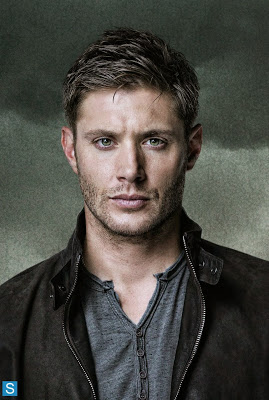Sexually attractiveness is a social construct that has evolved over time. The Ideal Woman and Ideal Man changes over time, reflecting the ideals of society at that time. If this is the case, then why do we treat sexually attractiveness as an outward tangible quality when in fact it is a constantly fluid and evolving concept? It is a fleeting and seasonal as fashion and therefore will be forever unattainable.
1920’s
Woman were slim, fun and free with short wavy hair and loose fitting dresses. The ‘girlie’ or younger a woman appeared to be, the more attractive she was considered.
Men, on the other hand, were suited, sharp, often with cultured moustaches and slicked-back hair.
1940’s
As everyone knows the 1940’s was dominated by pin-up girls. Curvy women in tight clothes, small waists and flashing their suspenders and stockings. This look went in hand with women’s rise in society to fill the gaps left by men going to war and at the same time, the overt sexuality of the look appeased the men at war.
On the other hand, baby-faced men suddenly became popular. Smooth skin, bright smiles, dancing shoes and charm is what became highly sought after.
1960’s
Sexual freedom reigned in the 60’s and the rise of the mini-skirt conquered all. Big hair, short skirts and slim figures were back in fashion. Some elements of this period correlates to the 1920’s; dresses were often loose or box shaped, women were expected to be fun-loving and young to be attractive.
For men, The Beatles ruled all. The dark hair, sharp haircuts, skinny build and loose fitting clothes were what all the women wanted.
1990’s
Small boobs, short hair and ‘the girl next door’ look reigned supreme in the 90’s. It was all about trying to achieve that ‘cute and sweet’ look with low key make-up and jeans with a T-shirt.
Baby-face men with blonde hair, blue eyes and ‘curtains’ made hearts melt. Boy bands were back in fashion and fresh faced ‘boys’ were plastered over magazines as the ideal man.
2000’s
Good girls gone bad was the look of this age. Skimpy clothing, overt sexuality and lean bodies were the desired traits in women. Long (usually blonde) hair to compliment tanned skin and finely manicured nails. The rise of the high maintenance woman peaked.
The Metro-sexual man was accepted in this time. Long scruffy hair, skinny with a devil-may-care attitude and a cheeky smile. Yet he was also expected to have smooth, clear skin, clean hair and a shaven chest.
2010’s
‘Thick’ girls got a come-back. The curvy pin-up look from the 40’s because the ideal body; rooted in ideas of accepting your body, it relegated ‘skinny’ girls to the side in favour of women with large breasts, thighs and bums.
Traditional signs of masculinity, such as a bearded and hairy chest, were held up as the pinnacle of a man with the ‘lumberjack’ look being highly popular.
As we move towards the beginning of the 2020’s tastes are changing yet again. Strong women are the goal; physically as well as mentally. It’s no longer unusual for women to be found in the free weights section of the gym, pumping muscle and regulating their protein intake through supplements. Yet curves are still wanted, now bodies are expected to be lean and curvy, with naturally large breasts or bums winning over plastic surgery.
For men, expectations are moving towards being physically lean in a smart suit but with a trace of stubble. The return of the Dapper Gentleman with a touch of the masculine traits from early in the decade.
Societies expectations or standards of beauty constantly evolves for all genders. Therefore, we should stop trying to be what we see in magazines or movies because in 5 to 10 years the ideal will have changed yet again. We should be who we want to be and we’ll find someone who see’s that beauty no matter what form it comes in.
FYI
This will always be my perfect man ❤ 😉














